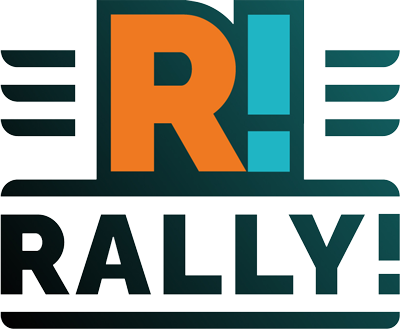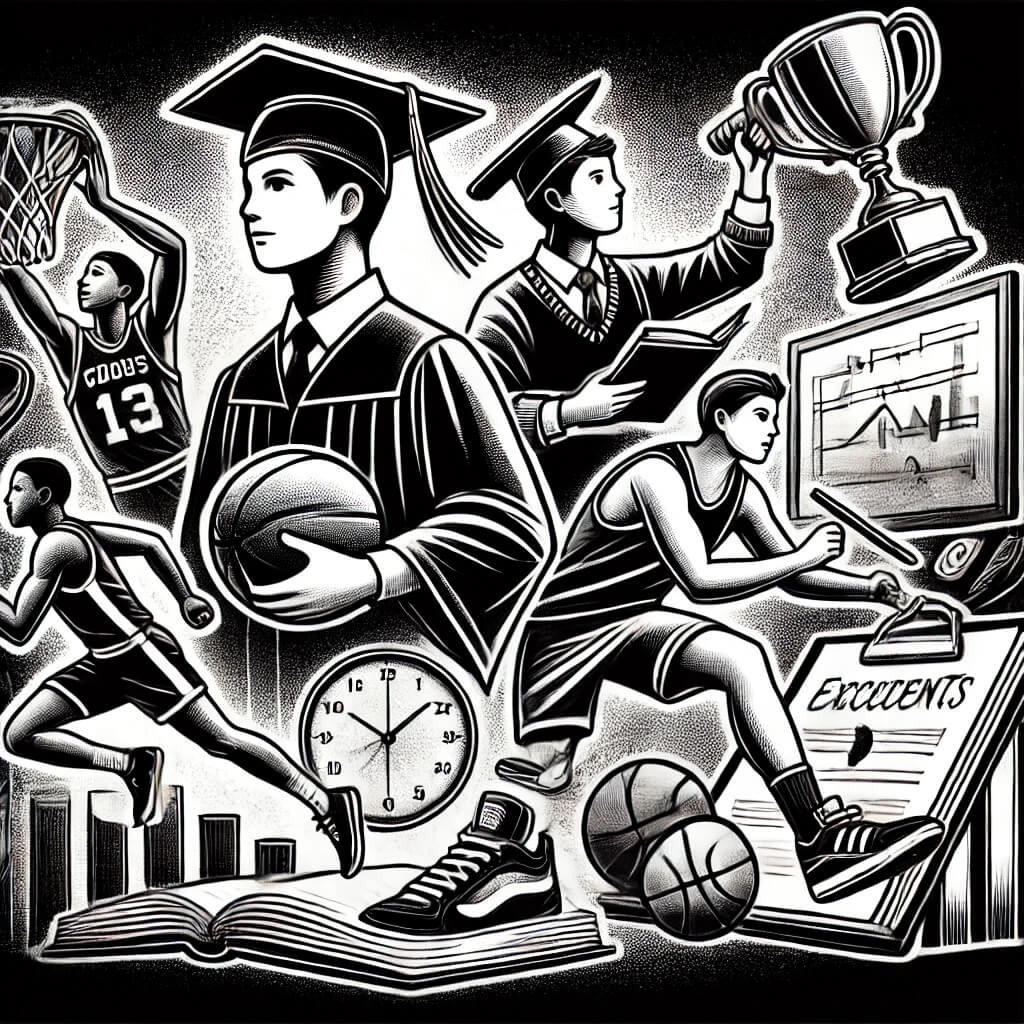Extracurricular activities and athletics have long been considered valuable components of the K–12 educational experience, yet they are often among the first programs to be reduced or eliminated in times of financial constraint. Traditional narratives suggest that these programs merely provide recreational outlets or keep students engaged outside of the classroom. However, growing research highlights their significant impact on academic performance, critical thinking, and emotional well-being (Wallace Foundation, 2021). Schools should not view athletics and activities as peripheral but rather as integral to student success. As Rally! (2025) emphasizes, these programs shape school culture, foster resilience, and drive academic achievement, making a strong case for their continued investment.
Academic Benefits of Activities and Athletics
Participation in extracurricular activities and athletics has been shown to correlate with improved academic outcomes, including higher GPA and increased college attendance rates (Chen et al., 2021). Students who are engaged in structured extracurriculars often develop time management skills and self-discipline, which translate into better performance in the classroom. Furthermore, these programs provide additional adult mentorship, helping students build accountability and persistence (Rally!, 2025).
Research also indicates that physical activity can enhance cognitive function. Exercise increases blood flow to the brain, improving memory, focus, and problem-solving skills (Lindsay & Byington, 2023). A study by Hillman et al. (2009) found that just twenty minutes of moderate physical activity before academic tasks significantly boosted students’ performance on achievement tests. Schools that integrate movement and structured extracurriculars into students’ daily routines create an environment where learning extends beyond the classroom and into real-world applications.
Critical Thinking and Problem-Solving Skills
Extracurricular activities provide students with opportunities to engage in complex, real-time decision-making. Whether solving logistical challenges in student government, strategizing in competitive athletics, or analyzing musical compositions in a band rehearsal, students develop essential critical thinking skills. These hands-on experiences allow students to practice resilience and adaptability, key competencies for success in both academic and professional environments (Pill & SueSee, 2017).
Athletics and activities require students to navigate pressure, make split-second decisions, and collaborate with peers toward a common goal. The structured nature of these programs reinforces cognitive flexibility, teaching students how to analyze situations and apply strategic thinking in high-pressure scenarios (Rally!, 2025). Encouraging participation in such programs equips students with a skill set that directly benefits their academic performance and long-term career prospects.
Emotional and Social Development
Beyond academic benefits, extracurricular participation enhances students’ emotional well-being. Research has consistently shown that students engaged in sports and activities report lower levels of stress, anxiety, and depression (Eather et al., 2023). Structured extracurriculars create safe spaces for students to form supportive relationships, develop self-confidence, and learn to manage adversity.
Additionally, these programs foster a sense of belonging and connectedness to school, reducing absenteeism and behavioral issues (Thouin et al., 2022). When students feel valued and engaged within their school community, they are more likely to persevere through academic and personal challenges. Rally! (2025) highlights that school leaders who prioritize activities and athletics cultivate an environment where students thrive emotionally and academically.
Long-Term Educational and Career Success
Participation in extracurricular activities and athletics has lasting benefits that extend beyond high school. Studies indicate that students involved in these programs are more likely to pursue higher education and career training (Lipscomb, 2007). The teamwork, discipline, and leadership skills acquired through these programs translate into improved workforce readiness and civic engagement (Morgan, Bush, & Bowles, 2022).
Moreover, engagement in structured extracurriculars strengthens social networks and professional connections. Many successful professionals attribute their leadership and collaboration skills to early participation in high school activities and athletics. Schools that invest in these programs are not only fostering immediate academic success but also preparing students for lifelong achievement.
Conclusion
The evidence overwhelmingly supports the role of extracurricular activities and athletics in promoting academic excellence, critical thinking, and emotional well-being. Schools should view these programs as essential components of education rather than as expendable extras. As Rally! (2025) emphasizes, when schools commit to fostering a culture of engagement through activities and athletics, students reap the benefits in the classroom and beyond. By prioritizing these programs, school leaders can create holistic learning environments that empower students to excel academically, socially, and personally.
References
- Chen, R., Liu, H., Zhang, X., & Yu, X. (2021). The impact of extracurricular activities on student academic performance: Evidence from a longitudinal study. Journal of Educational Research, 114(3), 275-289. https://doi.org/10.1080/00220671.2021.1887935
- Eather, N., Wade, L., Pankowiak, A., & Eime, R. (2023). The impact of school-based sports and physical activity on mental health: A systematic review. Journal of Physical Education and Sport, 23(1), 45-60. https://doi.org/10.7752/jpes.2023.01005
- Hillman, C. H., Pontifex, M. B., Castelli, D. M., Khan, N. A., Raine, L. B., Scudder, M. R., & Kamijo, K. (2009). Aerobic fitness and cognitive development: Event-related brain potential and task performance indices of executive control in preadolescent children. Developmental Psychology, 45(1), 114-129. https://doi.org/10.1037/a0014437
- Lindsay, K. L., & Byington, E. (2023). Physical activity and cognitive performance: A review of recent research findings. Cognitive Research: Principles and Implications, 8(1), 12-28. https://doi.org/10.1186/s41235-023-00314-7
- Lipscomb, S. (2007). Secondary school extracurricular involvement and academic achievement: A fixed effects approach. Economics of Education Review, 26(4), 463-472. https://doi.org/10.1016/j.econedurev.2006.02.006
- Morgan, H., Bush, K., & Bowles, T. (2022). Beyond academics: How extracurricular activities contribute to student success and career readiness. Educational Policy Review, 35(2), 178-195. https://doi.org/10.1080/02680939.2022.1994573
- Pill, S., & SueSee, B. (2017). Game-based approaches to teaching and coaching: Pedagogical innovation for student engagement and learning. Routledge.
- Rally! (2025). Rally! [Publisher information].
- Thouin, É., Dubuc, M. M., Morin, A., & Dufour, M. (2022). The role of extracurricular activities in promoting school engagement and academic success: A review of evidence. Canadian Journal of Educational Administration and Policy, 2022(200), 34-50.
- Wallace Foundation. (2021). Engaging students beyond the classroom: The benefits of after-school and extracurricular programs. https://www.wallacefoundation.org



